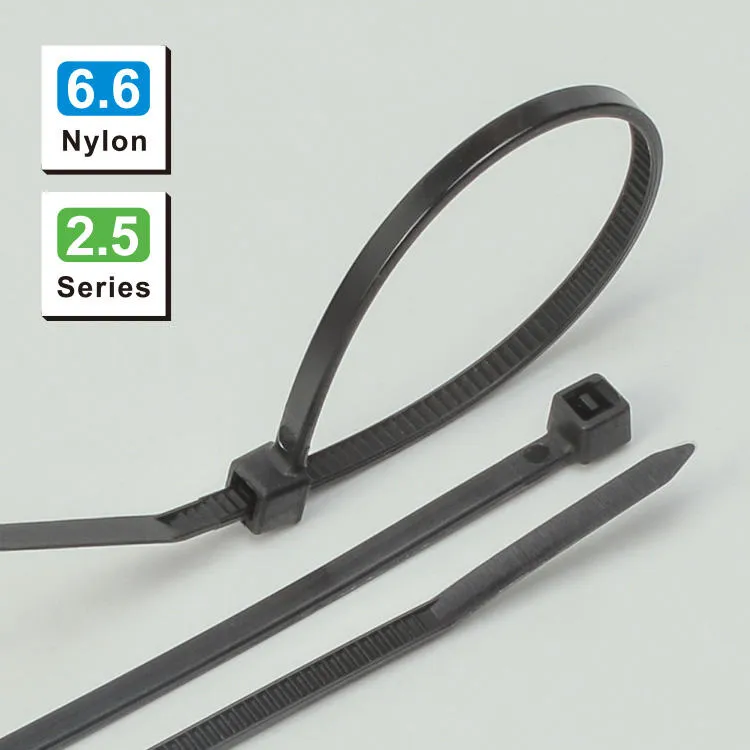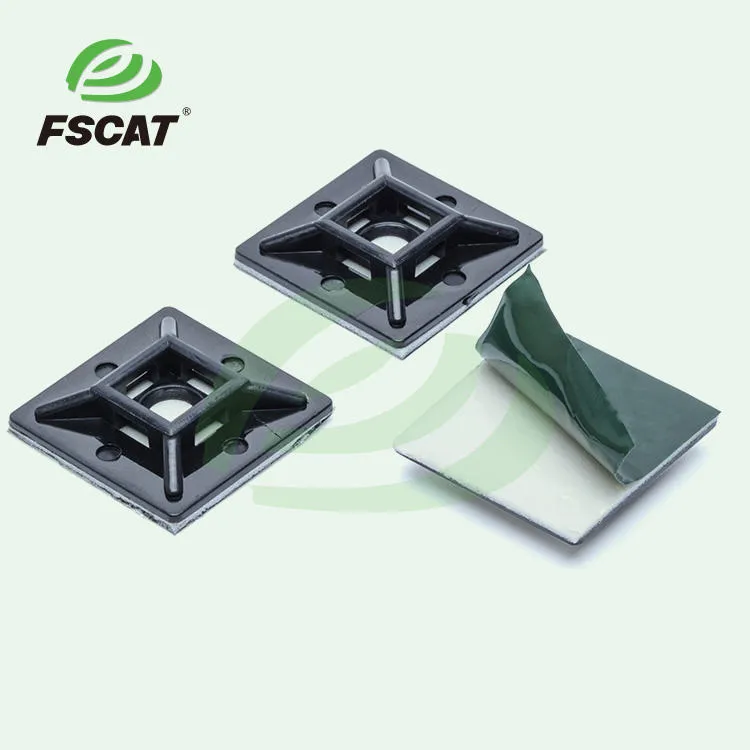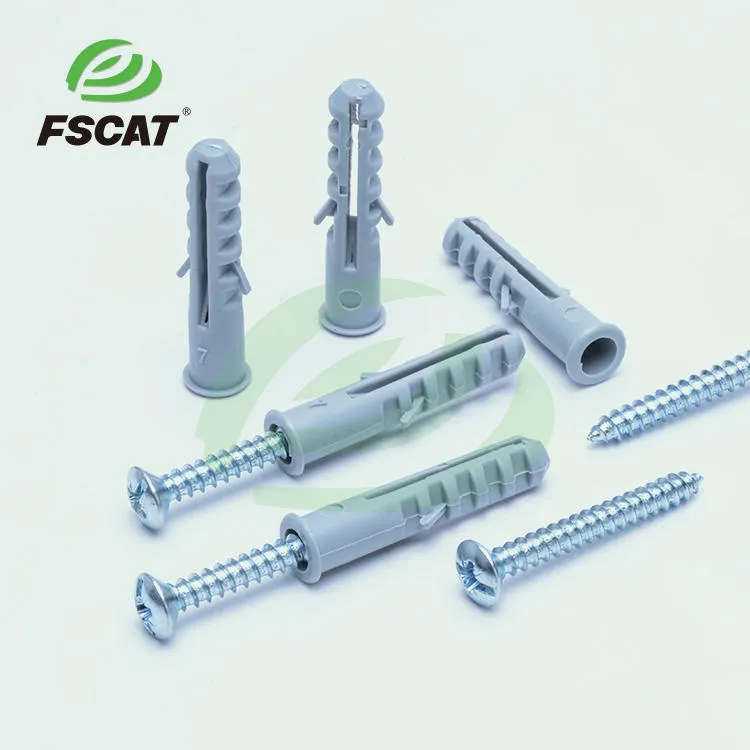What does PA6.6 mean?
Material identification: PA6.6, PA is called Polyamide, which means the same as Nylon, so PA6.6 is equal to Nylon 6.6.
What is the difference between PA6.6 and PA6
PA6.6:
PA6.6 has a melting point of 260°C, an injection temperature of 60°C-100°C, a density of 1.15g/m³, and an absorption rate of 2.5%. Excellent wear resistance, self-lubrication, high mechanical strength, high water absorption
PA6.6 has excellent wear resistance, self-lubrication, high mechanical strength and high water absorption. It also maintains strength and rigidity at higher temperatures, and is still hygroscopic after molding. PA66 is resistant to many solvents, but resistant to acids and some other oxidizing agents.
PA6:
The PA6 monomer is caprolactam, which is a polymer compound formed by the polymerization of caprolactam. The melting point is 220°C, the injection temperature is 60°C-100°C, the density is 1.12g/m³, and the absorption rate is 0.8-2.1%.
The chemical and physical properties of PA6 are very similar to nylon 66, but it has a lower melting point and a wide processing temperature range. Its impact resistance and vinegar solvent resistance6.
How to distinguish nylon 6.6 from nylon 6?
1. Do tensile strength test:
Nylon 6.6 has a higher tensile value than Nylon 6.
2. Temperature test:
Nylon 6.6 melting point 260°C
Nylon 6 melting point 220°C
What are the influencing factors for choosing nylon 6.6 and nylon 6?
1. Nylon 6.6 is more expensive than nylon 6.
2. Nylon 6.6 is more durable and stable.
3. Different temperature requirements in specific environments.






